Communicating Your Ideas Ready for Fashion Production
If you've been following me at all, you'll probably know that I work with a lot of fashion startups, many of which don't have any experience in the fashion industry. Many of my clients like to get creative and design their own ranges and I get it; it's one of the best parts of running a fashion business! However, problems often arise when the designer tries to get the clothing into production. They send their drawing to the factory and they produce something totally different to what they imagined. Maybe this has happened to you already?
While it's perfectly fine to design your own fashion collection, even without any industry experience, there's a few steps you need to take in order to get what's in your head, into a reality. First off, you're going to need to communicate those ideas to either a factory or (most likely) a technical designer such as myself. A technical designer, also known as a garment technician, is basically the middle man between you and the factory. They will take your idea and convert it into a format that a factory can understand. They'll outline all of the stitch details, components, construction notes measurements and more, so the factory can make your design.
In this post, I'll show you how you can communicate your ideas for maximum efficiency. I'll give you some good examples and bad ones too. The bad ones are based off of actual clients I've worked with, but to protect their ideas I've reworked them a bit. The key here is to really understand that what you imagine, might be totally different to what someone else does. I've worked on hundreds (probably thousands, I'm not keeping a tally!) of fashion items and I've seen it all. Hopefully this post will help you to communicate more effectively with your production partners.
First off, I'm going to share with you an example that I used in my fashion startup online course. Above is an example of the kind of drawing I often receive from clients. The drawing isn't really the problem, it's fine if you don't have professional drawing skills, or if you want to use photos instead, I have no issue with that. The problem is with the lack of information. Take a look at this tshirt, how would you imagine it? Is it stretchy, made of denim, is it fitted, oversized? Is that a pocket on the front, is it the same colour, the same fabric as the rest? How would you imagine it?
This is an example that I made, so I can tell you I was thinking of a medium weight stretchy fabric made from modal for the main part, with a contrasting silk pocket. It has an oversized, baggy fit and a wide hem detail.
Is this the same as what you imagined? Probably not.
And this is the problem. If you leave details out, they're open to imagination. And even worse, the majority of factories won't ask, they'll just make what they think it is (which is usually whatever is easiest and cheapest).
So, you really need to send your ideas to your technical designer with some information. You might not have all of the technical words and that's fine. You might have a simple explanation, for example you might say 'I want a light stretchy fabric' and the garment tech can go from there, at least they have an idea of what you're going for. If there's something speicifc you want, you must say; just because it's obvious to you in your head, doesn't mean it's obvious to someone else. Don't leave things that you care about to interpretation.
Clients also like to use photographs and I know a lot of people send these direct to factories too. Photographs can be a great way of communicating ideas, especially if you're not so good at drawing, but as before, do think through what you're sending and whether it could be misinterpreted.
Let's have a look at this example. Something similar was sent to me with the direction 'mostly follow the one on the left, but keep the top part from the right. Non stretch lightweight woven fabric in Navy'. Might sound straight forward at first, but there's actually a lot up for debate;
There's no back! I don't think it's completely backless, but who knows? A surprising number of people forget the back; it's super important that you include it!
You can't see the models legs; how long is this dress? Does it finish straight at the end, or does it flare out?
Where does the 'top part' start exactly? Is it at the seam? If so, which seam, from which dress?
Does the top part also include the fabric around the sleeves? Should that be included?
That's 4 points, which make a huge difference to the overall look of the garment. If you send this to a factory or technical designer, one of two things will happen;
They come back to you with a lot of questions, which delays the work getting done (and if you're paying an hourly rate, that's extra money they're going to charge for emailing you and reading your reply)
They do the work anyway, without clarification and chances are, something isn't as you imagined. But, because you didn't specify anything and left it to the garment technician or factory's imagination, they're well within their right to charge you for the revisions.
So what should you do? If you want to avoid extra costs, or mistakes, you want to be clear with your ideas from the start. Generally a mix of a rough sketch (doesn't matter if you're rubbish at drawing, just something to give an idea - like my super basic 30 second example above), a photo of any special details (noting specifically you want to use from the photo) and a description of anything that's important to you. For the front and back! This example I put together took just 3mins and explained all of those questions that we didn't have answers to before, meaning a technical designer can get straight to work, rather than having to delay because they don't have all the information they need from you.
I hope this has helped you to understand how you can communicate your design ideas, ready to be produced. I love helping people with their ideas and work with lots of brands who are full of creativity, but have no idea how to get a garment made. If you'd like to learn more about how I can help you go from fashion brand daydream to reality, you can contact me here.
I hate spam too - if you sign up to this email list, your details won't be sold or leased to anyone else. I will email you from time to time with helpful content and occasional offers, which you can unsubscribe from at any time.

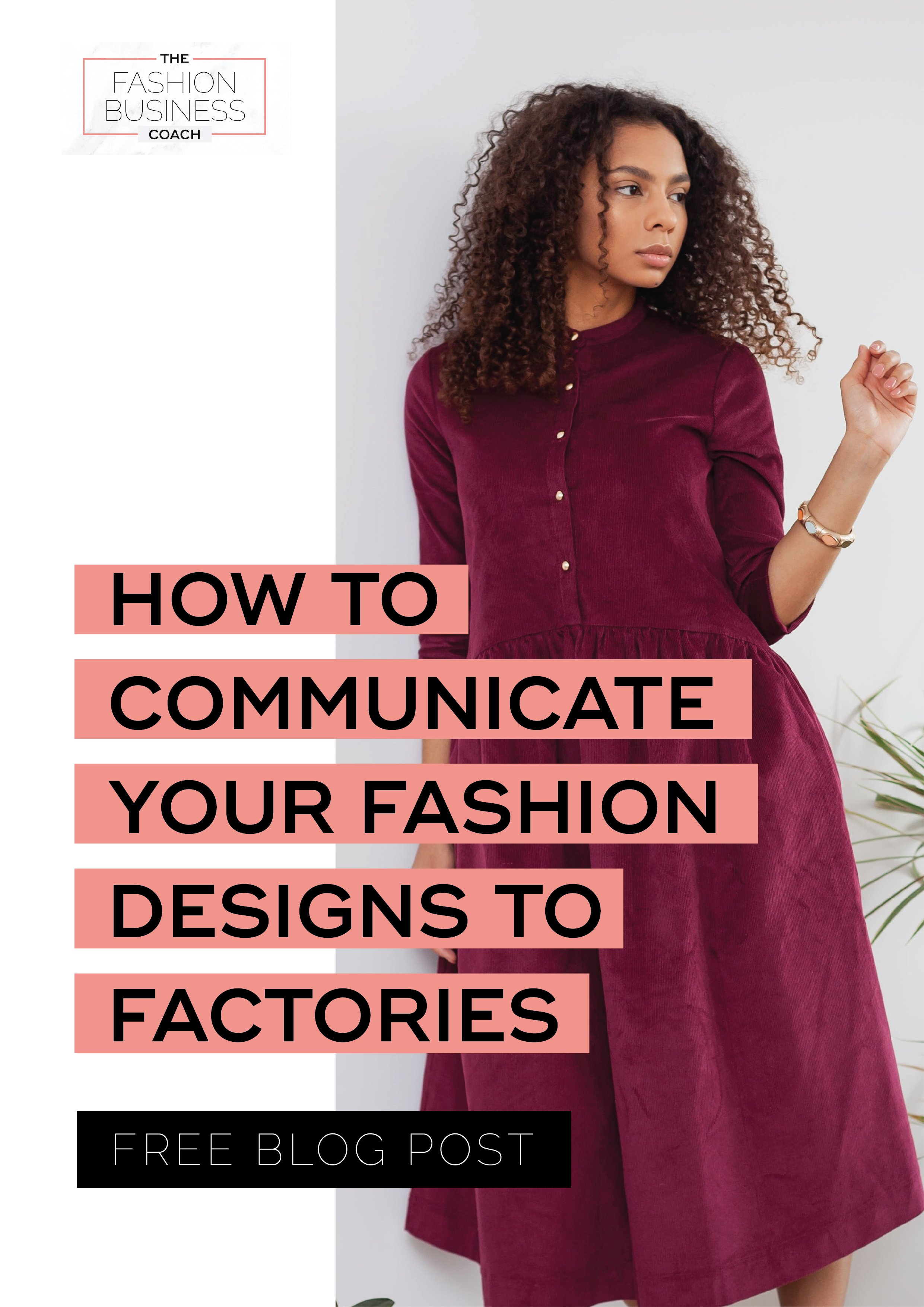
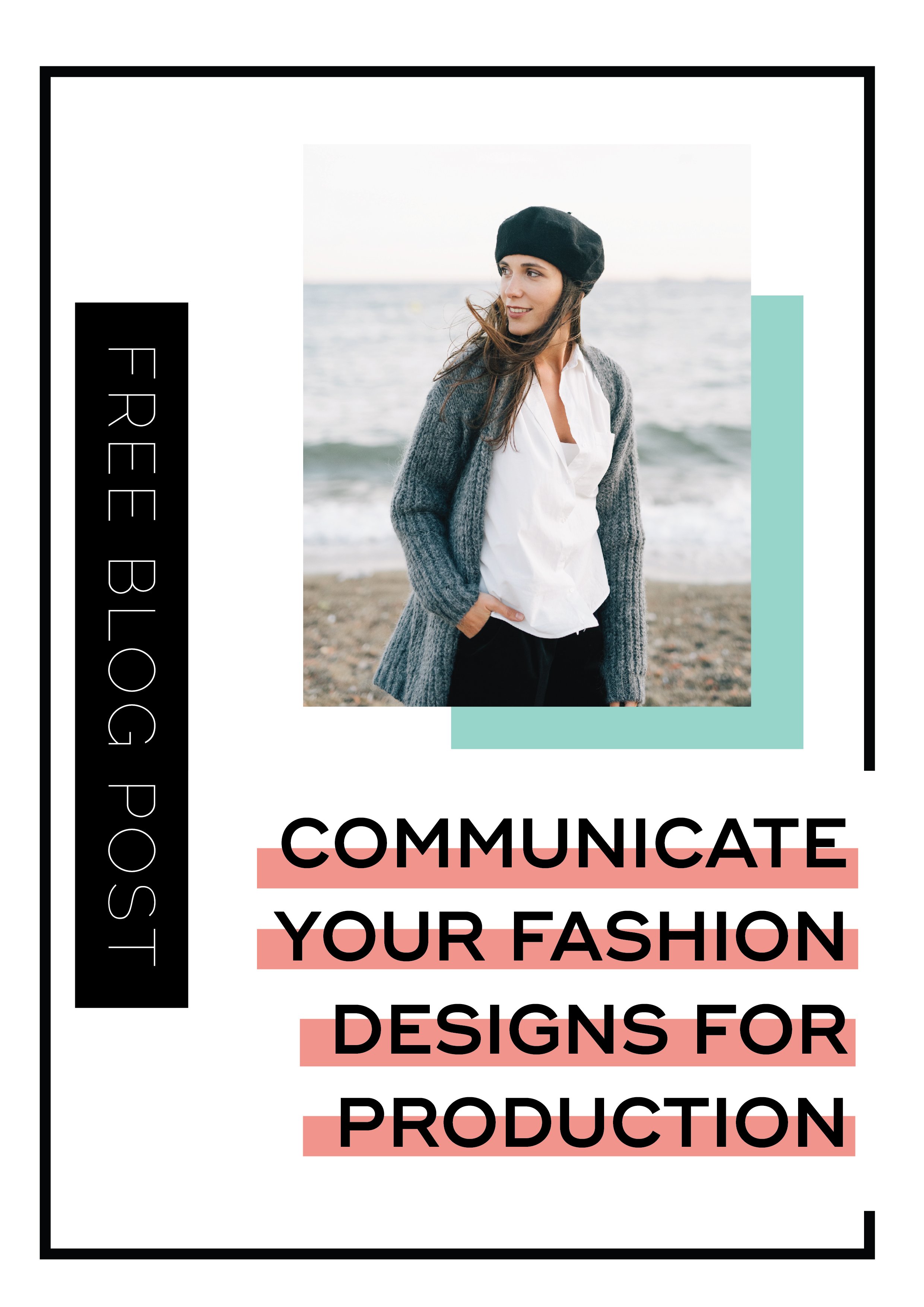
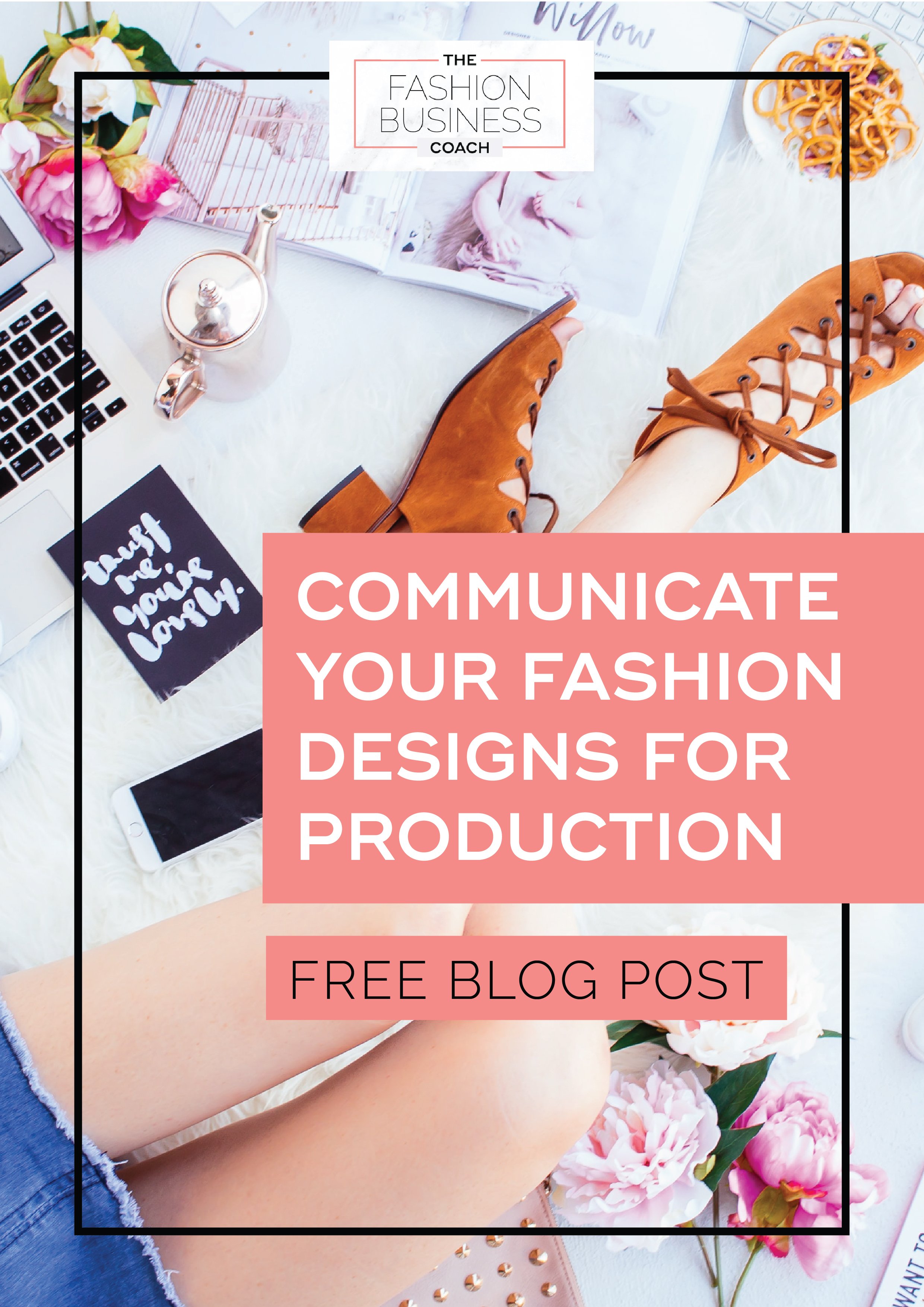
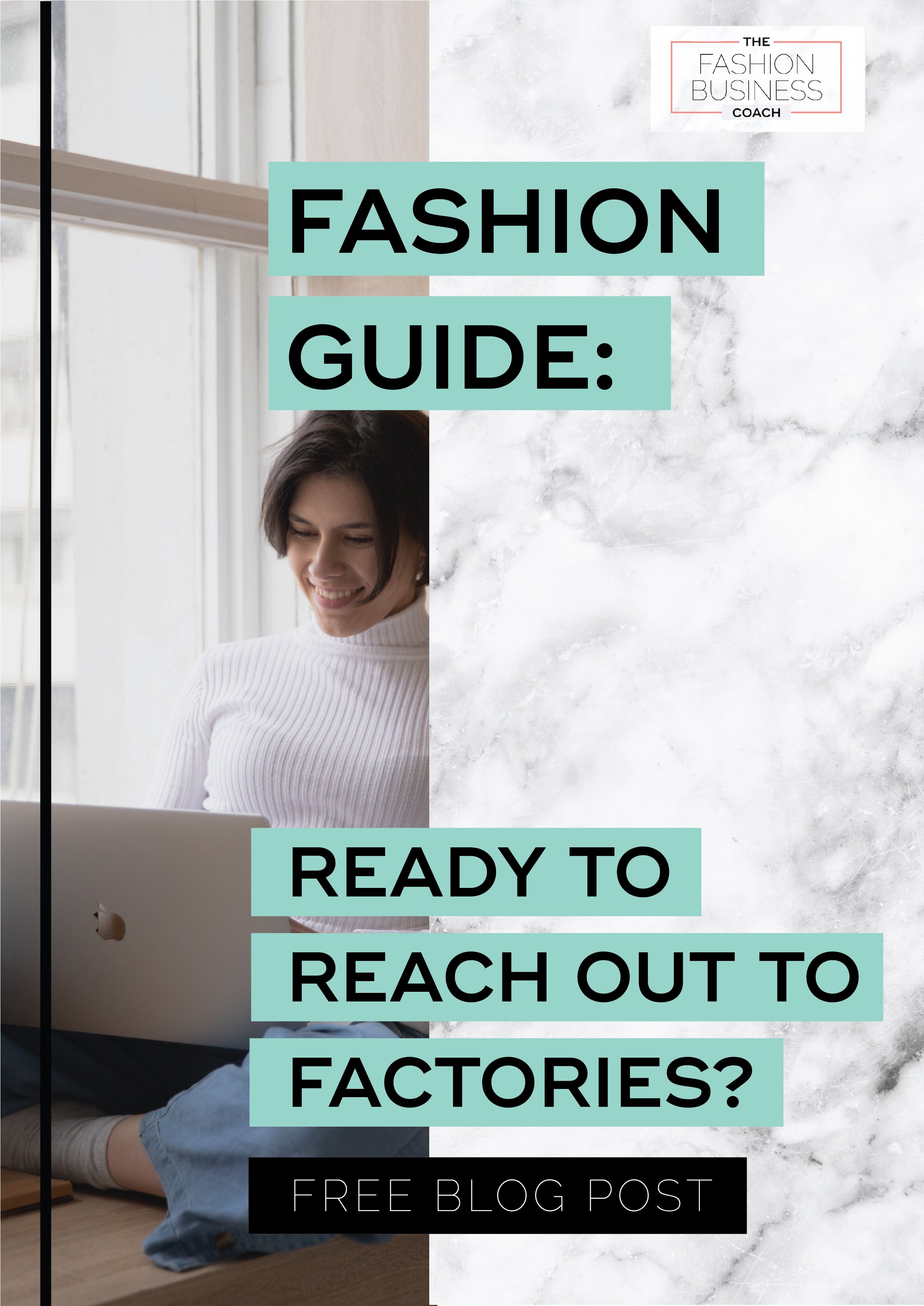
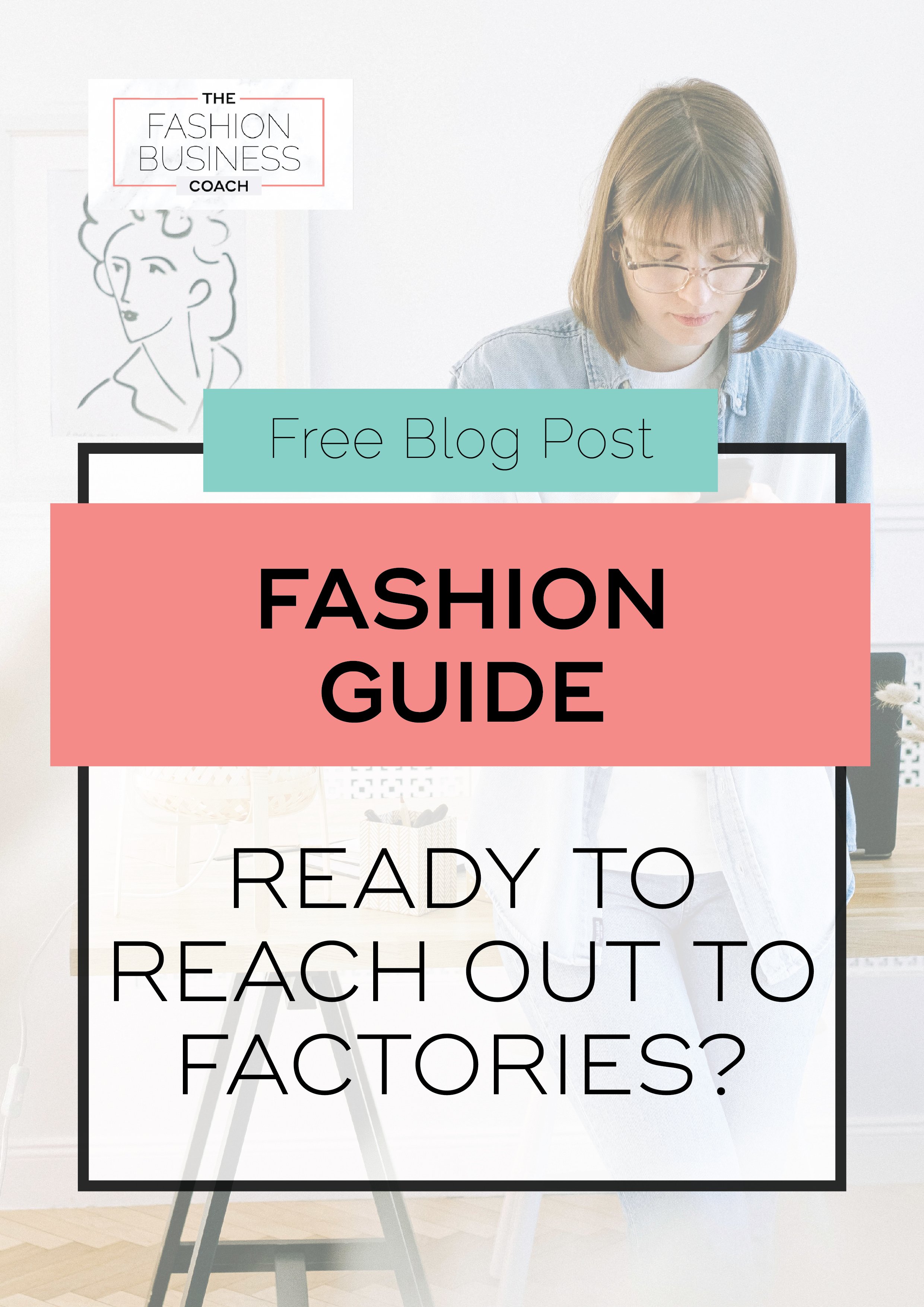
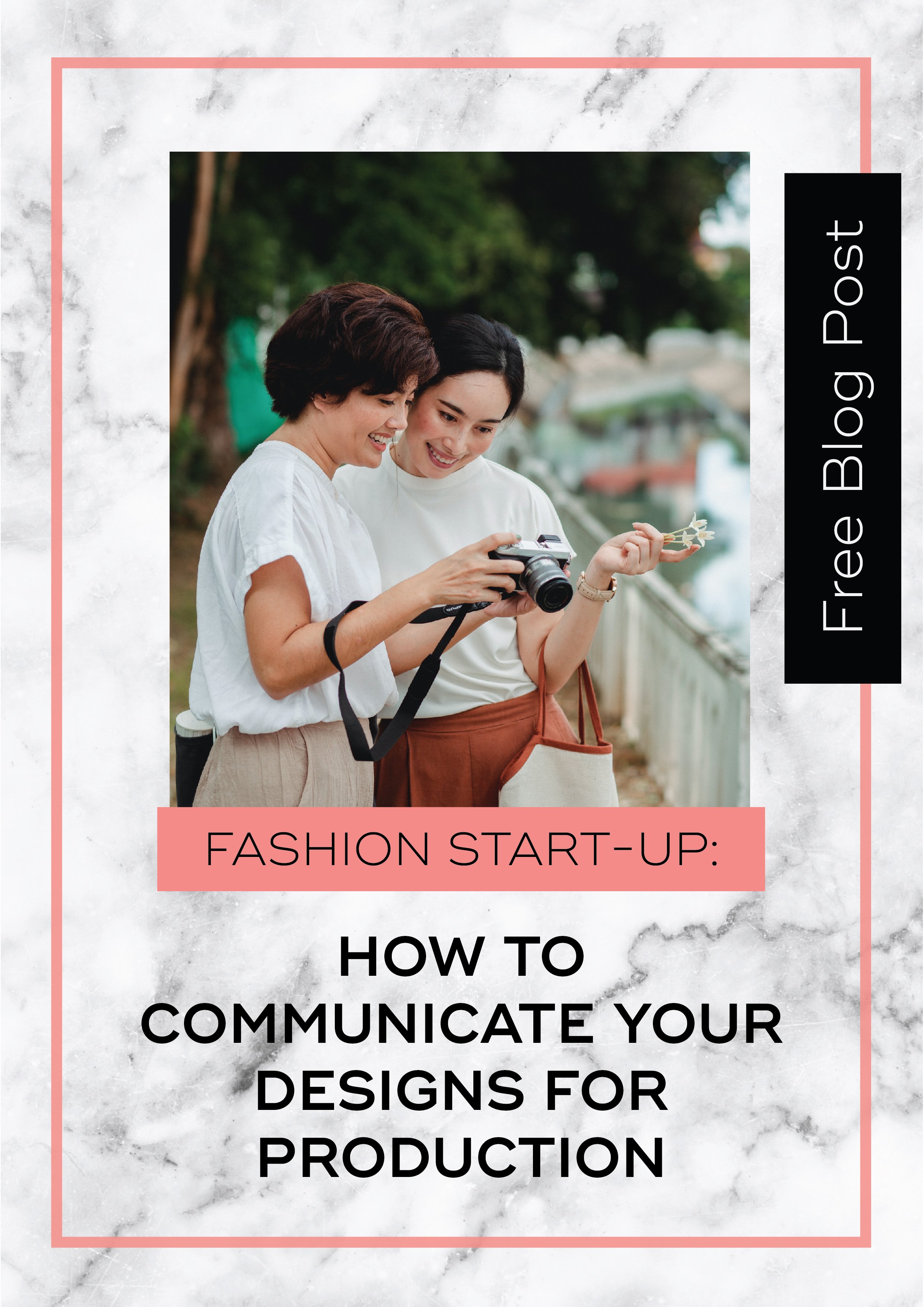
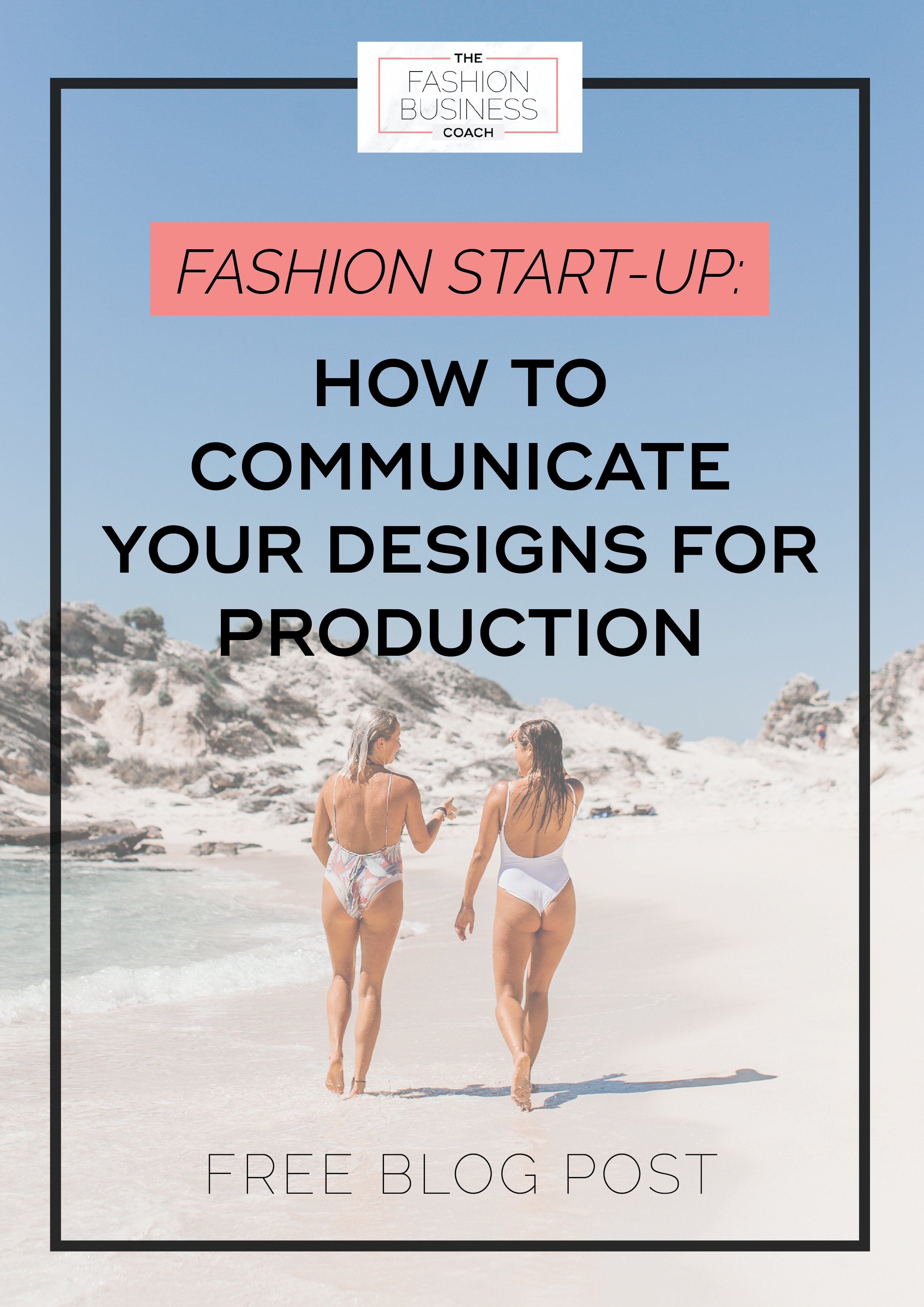
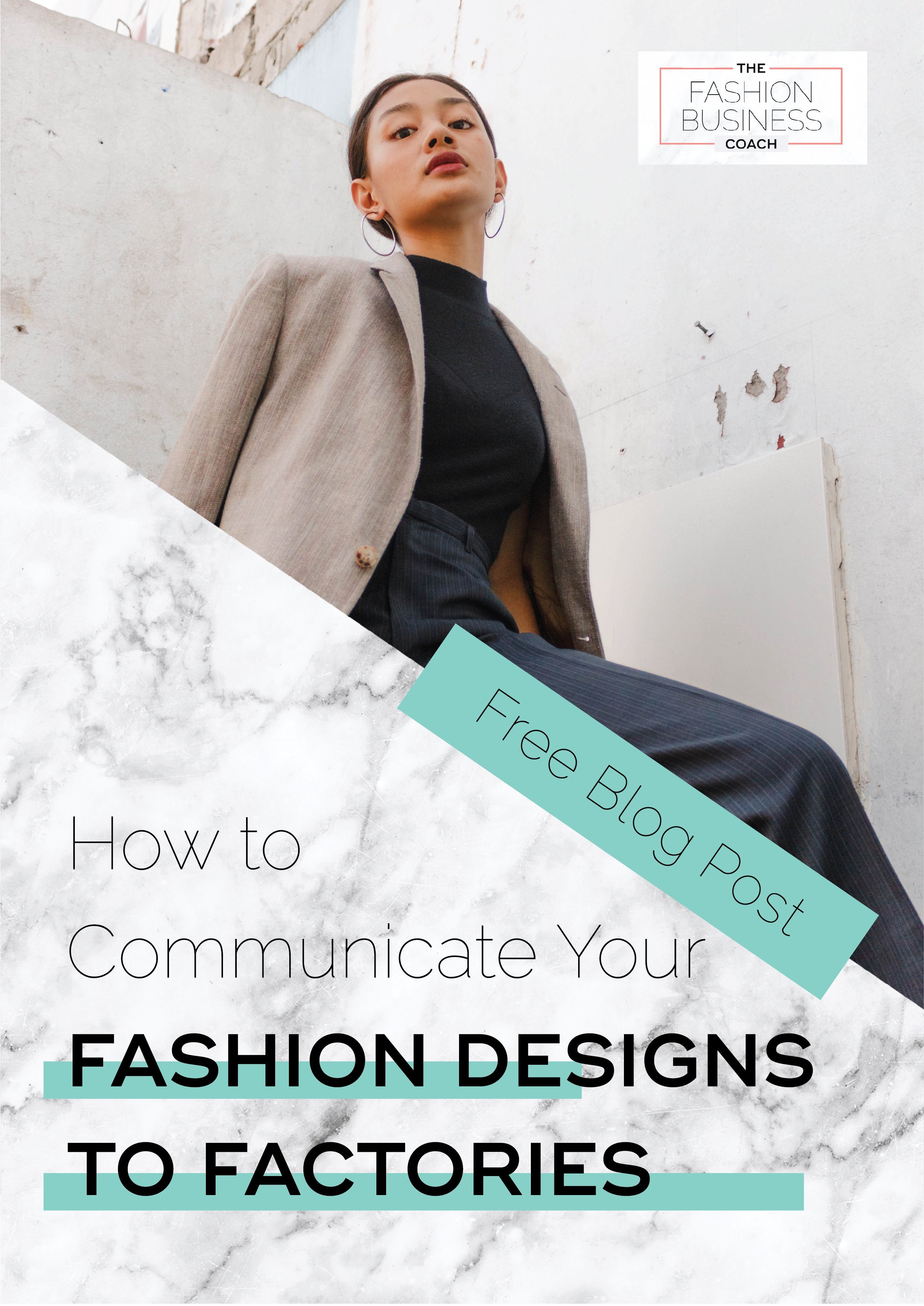
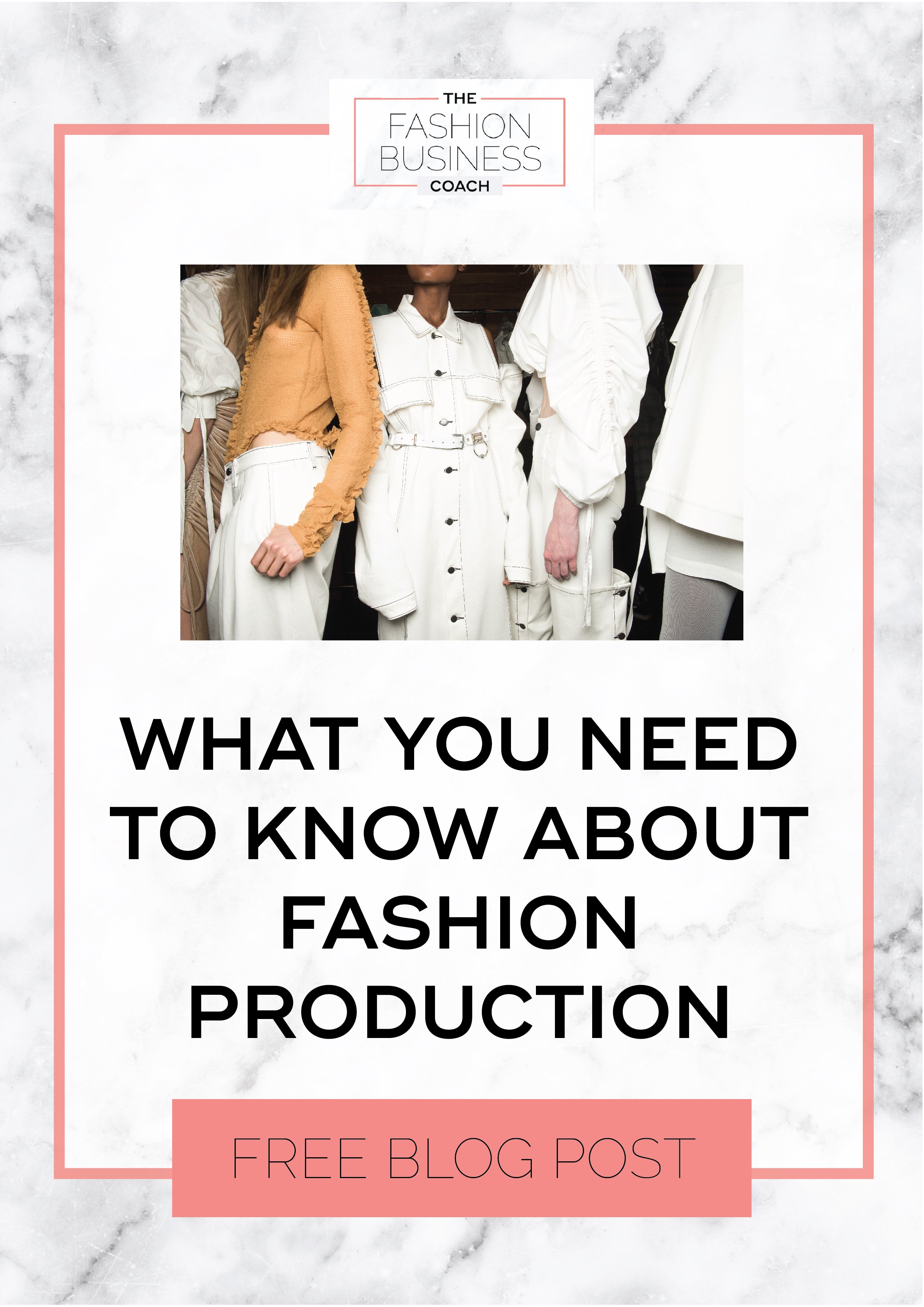
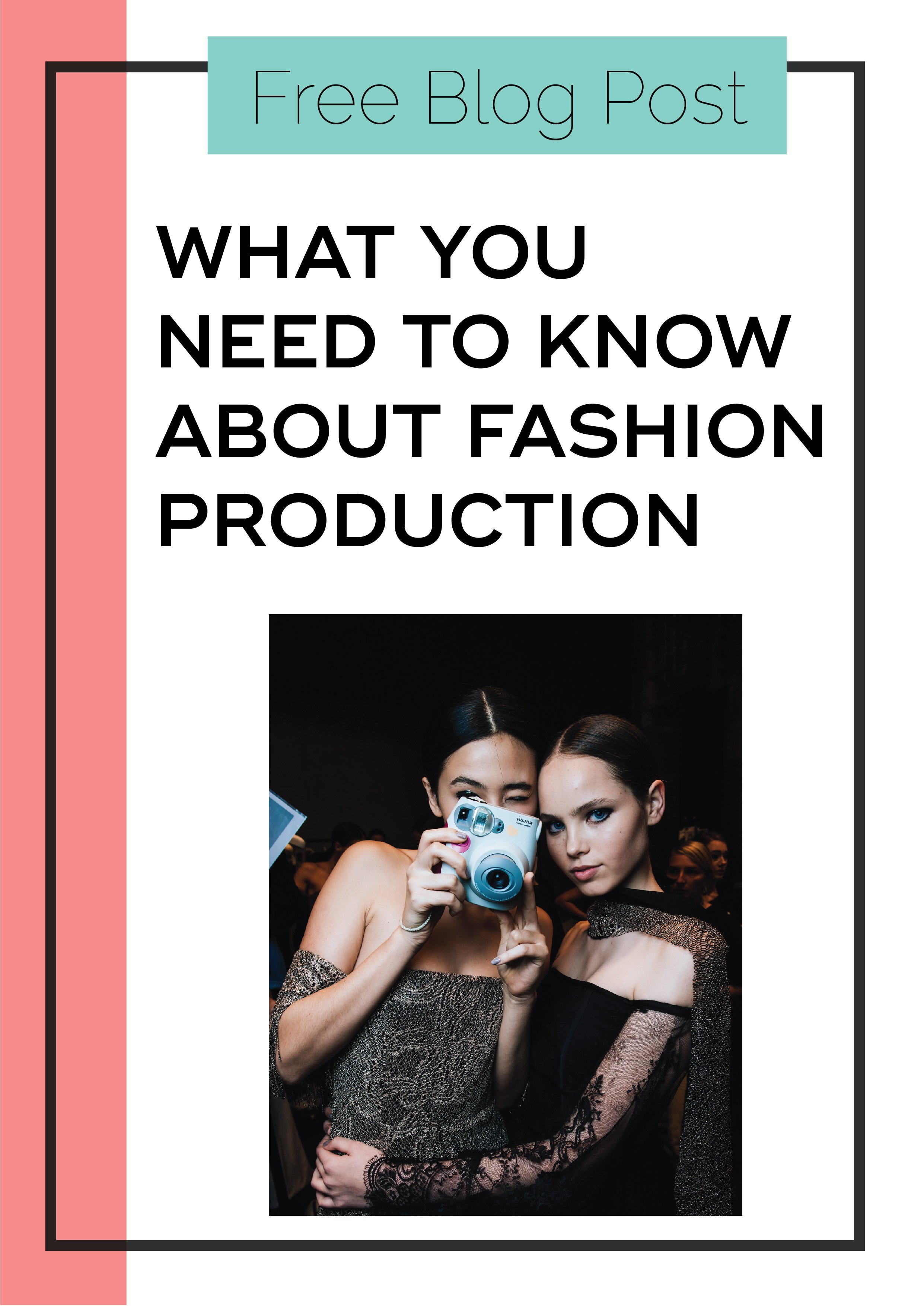















Pickleball outfit inspiration……